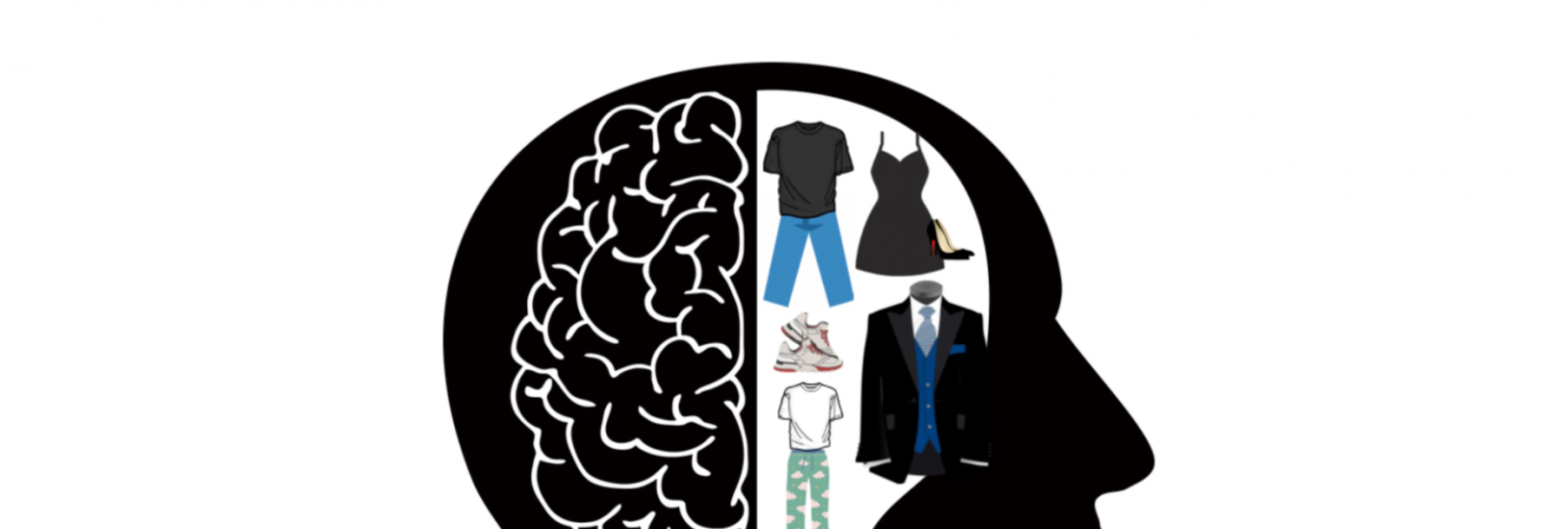Fashion Psychology
Share this story

Everyone gets dressed every day, but what each person wears is up to them, so what makes people choose to wear what they do? Whether someone chooses to stay in pajamas to lounge around the house, wear jeans and a sweatshirt to a low-key gathering, or get fancy with dress attire for a night out on the town. No matter what option has been chosen, it goes back to the saying ‘you are what you wear’.
Mary Ellen Roach and Joanne Eicher, writers in a clothing and textiles research journal, explained that what people choose to wear shows that person’s identity and is one of the main ways people send social signals. Some non-verbal cues include how much power a person wields, how much influence a person has, how smart a person is, and how much a person earns. One aspect of these effects or cues includes the color chosen throughout the outfit. Varying colors have varying associations made by the people surrounding them.
Carolyn Mair, creator of the Psychology of Fashion department at London College of Fashion and speaker in American Psychological Association’s ‘Speaking of Psychology’. Spoke in Podcast episode 83: Psychology of Fashion, she explained some of her thoughts as to why people choose the outfits they do.
She explained that one of the most important aspects of choosing what to wear is comfortability. Mair stated, “It’s stressful for us if we don’t feel comfortable in what we’re wearing. If we’re really worrying that it’s appropriate or it’s suitable we don’t feel confident in what we’re wearing. It stresses us and this means that we don’t have the cognitive capacity to deal with the problem at hand.”
This helps provide the context of why some of the world’s geniuses wear the same or similar outfits each day. Mark Zuckerberg, CEO of Facebook, in a 2014 Q&A, explained, “I really want to clear my life to make it so that I have to make as few decisions as possible about anything except how to best serve this community.”
Throughout different environments like school, work, or an alternative daily event, there is often a dress code or expected attire. Some entities have even created uniforms in order to ensure that what is worn both follows that expectation and to save time in the morning that would normally be spent choosing what to wear.
Dress code restrictions often limit the expression of oneself that outfits can portray. However, in London, the expectation or pressure of attire is much lower. Mair shared, “I think it’s a really positive move. For lots of people, working in a formal suit doesn’t represent their true selves or their self-identity.”
